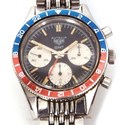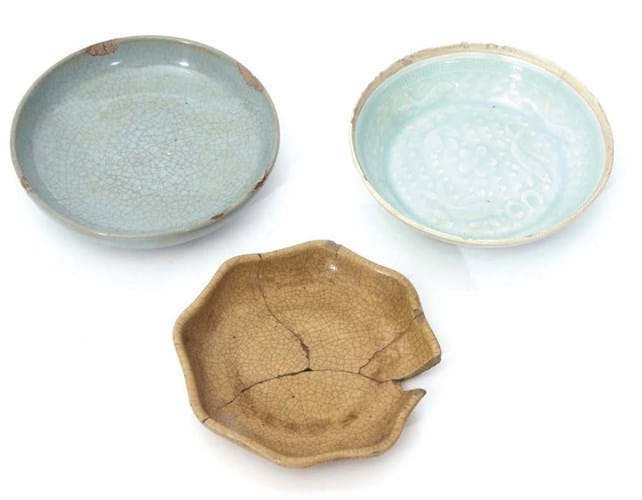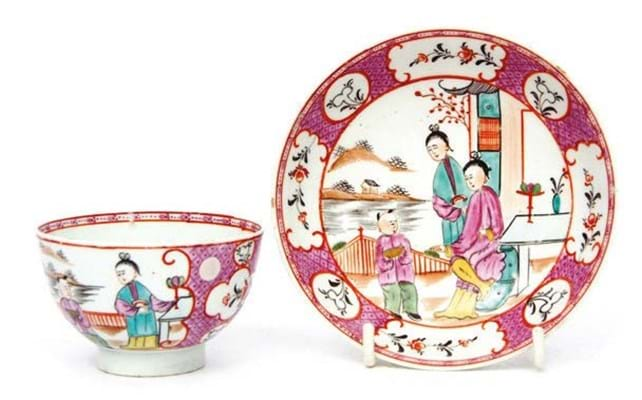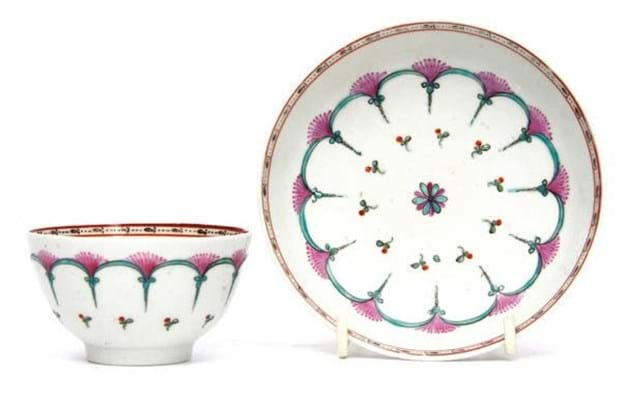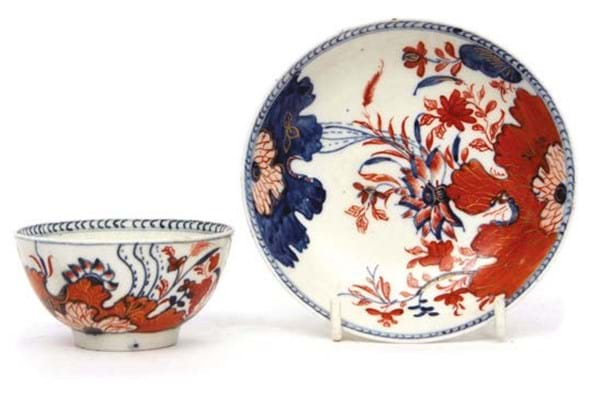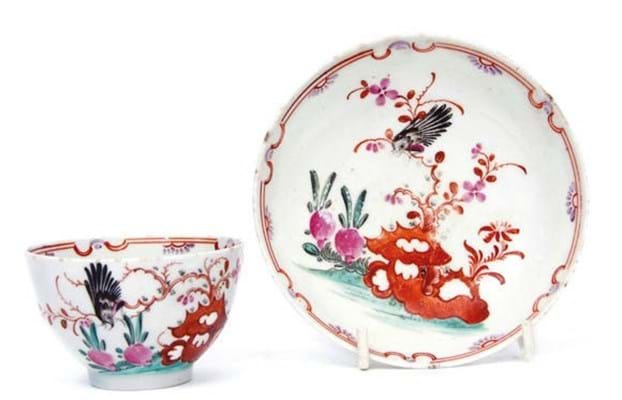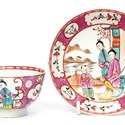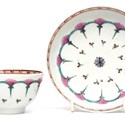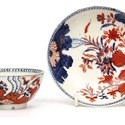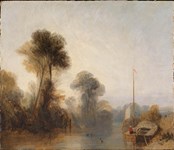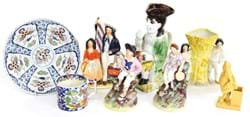Among the most influential figures in the history of 18th century French clockmaking was an Englishman.
Somerset-born Henry Sully (1680- 1728/9) who, enjoying the patronage of the Regent Philippe d’Orléans, engaged 60 British craftsmen to establish watch factories at Versailles and Saint-Germain-en-Laye. He personally created a series of prototype marine chronometers that were the first on French soil.
Two of the latter have been rediscovered in recent memory: Sully’s horloge à levier sold at auction in Paris in 1997 and at Antiquorum in 2001 are now in the National Maritime Museum at Greenwich.
That many of Sully’s ambitious ventures ultimately failed – his watchmaking shops had closed by 1720 and his chronometers erred when tested in the field – was a source of humiliation for him but hugely instructive to others. The future horloger ordinaire du roi Julien Le Roy (1686-1759) was a close associate.
Sully for sale
Clocks bearing Sully’s name are rare on the open market but one did surface at Keys (20% buyer’s premium) in Aylsham, Norfolk, last month.
This 10in (26cm) Régence gilt bronze cartel d’alcôve came for sale from a local collector with an estimate of £4000-5000. To the matted gilt dial is a subsidiary seconds and sunk demi-lune name plaque reading H Sully A Versailles, Invenit 1721 et Fecit 1725.
It was not in perfect condition. The single chain-driven movement had been later converted from a verge to a lever platform escapement. The simple built-on finial to the case, with its lattice work panels and classical masks, was possibly a later addition.
After attracting bids from UK and Continental European specialist trade and collectors it sold at £17,000.
Swiss timer
A very different face of European horology – the Swiss post-war mechanical wristwatch – provided the top price of the July 24-26 sale. Taking its name from a combination of its target markets (automotive and aviation), the Heuer Autavia was unveiled in 1962, becoming the watch that established the brand’s racing credentials.
Many variants exist, but collectors make a distinction between the three case designs of first, second and third-generation watches. As a general rule, the earlier the better.
This first-generation GMT model, with a lightly faded ‘reverse panda’ dial and ‘pepsi’ coloured rotating bezel dated to c.1964-66 is ranked among the best lookers. It came for sale from a local source with an estimate of £4000-5000 but, following a contest between bidders from the US and the UK, sold at £31,000 to a UK collector.
A ‘similar’ third-generation Autavia GMT watch with a pepsi bezel c.1971 sold for £10,500 at Lockdales of Ipswich in June (see ATG No 2402).
Eagle eyed
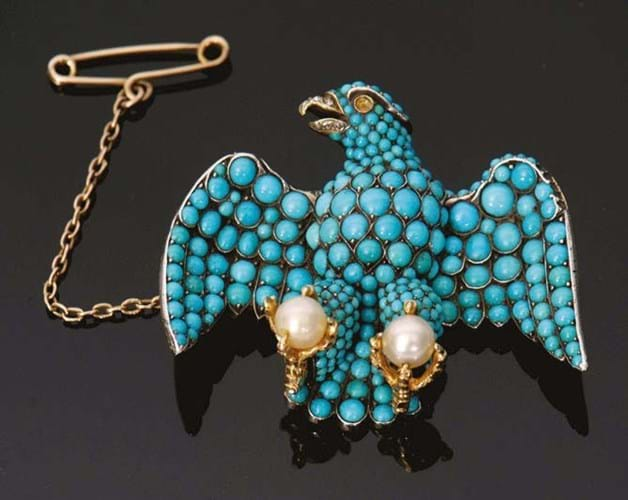
Victorian gemset brooch similar to those gifted to train bearers at the wedding of Victoria and Albert – £12,000.
A Victorian gemset brooch in the form of ‘the Coburg eagle’ sold at £12,000 (estimate £5000-8000).
Although the auctioneer fell short of a full attribution, the catalogue noted the brooch bears a striking resemblance to those given as gifts to the 12 train bearers (all unmarried daughters of nobility) at the wedding of Victoria and Albert on February 10, 1840.
The brooches, designed by Prince Albert, were ordered through Garrards and made by the Maddox Street, London jeweller Charles Du Vé. The stones were highly symbolic: turquoises and pearls representing true love, rubies for passion and rose-cut diamonds for eternity.
According to The Times published on the big day: “The whole workmanship [of the brooches] is very superior and exactly in accordance with the directions of the Royal Bride.”
Similar brooches can be seen at Kensington Palace, The British Museum and Hatfield House. The vendor at Keys was a direct descendent of Sir Henry Tate (1819- 99) and the jewel (now missing a ruby eye) may have passed through the family by descent. The buyer was from the jewellery trade.
Song shine
A group of three Southern Song or Yuan dynasty celadon dishes – all of them with condition issues – sold at a surprise £8400 (estimate £600- 800).
Included alongside a porcelaneous Qingbai dish with ‘twin fish’ decoration (hairline crack) and a yellow-brown lobed ‘mallow’ dish in smashed condition was a Guan-type shallow dish with a crackle-suffused turquoise glaze. The latter, just shy of 6in (14cm) across, had five substantial rim chips. Bidders engaged from the UK, Europe and China before it sold to a buyer in Europe.
Reaching an international audience via the internet has been a boon for the regional auctioneer. But Keys, which in 2018 marked the end of its 65th year in business by gaining independence from its estate agency parent company (the Norwich-based property services group Arnolds Keys), is equally keen to play to the strengths of the local collecting community.
Among the plans for the future is a themed East Anglia sale earmarked for October – items such as Mendlesham chairs, Seago oils, Absolon engraved glass, Nelson and Lowestoft porcelain.
Lowestoft following
Even in the 18th century, when the Lowestoft porcelain factory had a warehouse in Cheapside, London, it did most of its trade in and around Norfolk and Suffolk.
Much the same can be said of where the modern collecting market is based. Less than 50 miles away from the factory site, Keys enjoys a strong following among buyers and sellers of Lowestoft porcelain.
A rarity here was a typical circular inkwell c.1775 with polychrome decoration by the factory’s outstanding decorator, the enigmatic Tulip Painter. Although his identity is unknown, these distinctive pieces feature boldly painted flower sprays with prominent tulip. This 3in (7cm) inkwell was estimated at £5000-7000 but was allowed to sell just below that to a local collector at £4750.
Lowestoft made only half-a-dozen animal models of which the sheep and a ram c.1780 are perhaps the most numerous. A pair, both restored, sold here to a collector for £1550 (estimate £600-800).
Far more affordable was a group of 15 Lowestoft ‘late period’ tea bowls and saucers decorated in the 1770s-90s with a range of typical patterns. These took sums from £60 (for a Chantilly sprig design) to £290 (a chinoiserie c.1770 design with a pink diaper pattern border).
The market for first-period Worcester porcelain is similarly skewed towards rarities and, in particular, pieces from the earliest years of factory production. As a crude comparison it is worth contrasting the performances of two pieces of blue and white: a 3in (7cm) coffee can or small mug with a ‘rock and house’ pattern c.1755 and a tea bowl and saucer decorated in blue and white with the Cannon Ball pattern c.1765.
Ten years is a long time in porcelain production. The mug, with a workman’s mark in blue to base, was pitched at £400-500 and sold at £1800. The tea bowl and saucer with crescent mark to the base was a bargain £60.
Arts & Crafts candlesticks
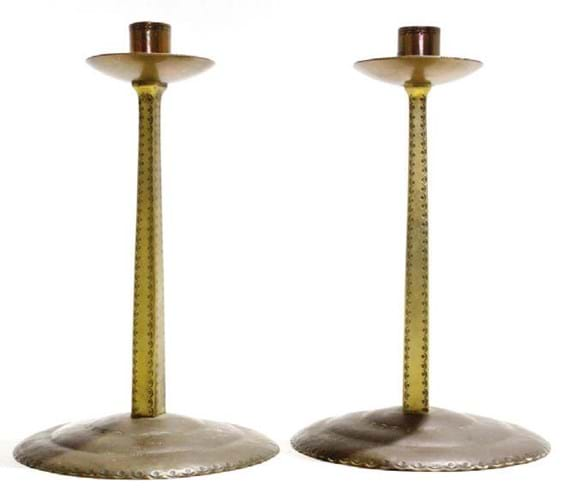
This pair of Arts & Crafts brass and copper candlesticks stamped with both R&S and Lygon marks led Keys’ Antiques & Interiors sale on July 23 with a bid of £1900.
Leading Keys’ Antiques & Interiors sale on July 23 with a bid of £1900 was a pair of Arts & Crafts brass and copper candlesticks stamped with both R&S and Lygon marks.
This model is very close to design 168 from 1924 in the Russell archive made at a time when Gordon Russell was working from outbuildings at the Lygon Arms in Broadway, Worcestershire.
The building was owned by his father Sydney Bolton Russell (1866-1938) who gave his son a loft above the coach house from which to restore antique furniture. The Lygon range of metalwork was sold at the shop in Broadway along with the furniture for which the firm was better known.
A similar pair of Russell & Sons sticks with octagonal bases was sold by Mallams at auction in 2015, again for £1900.





